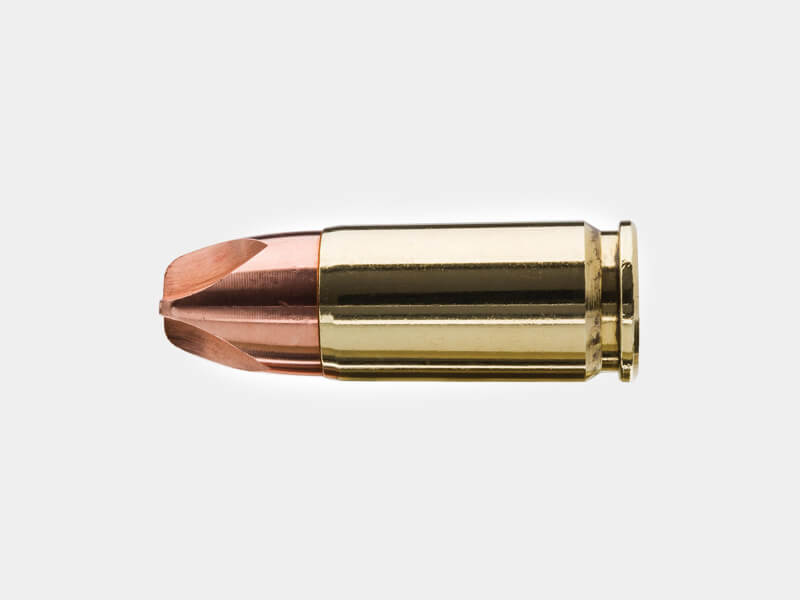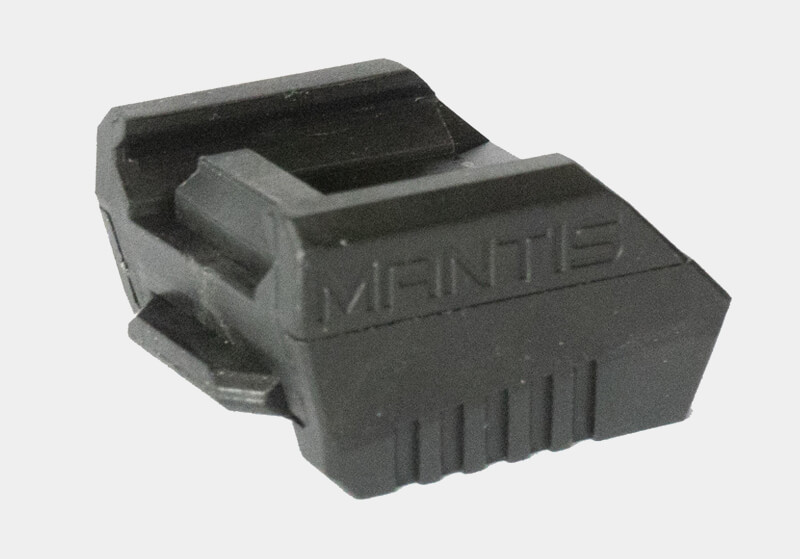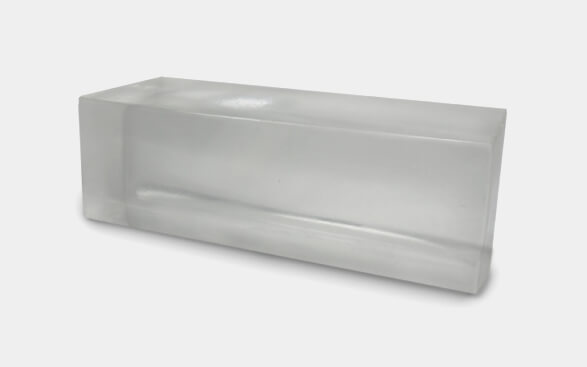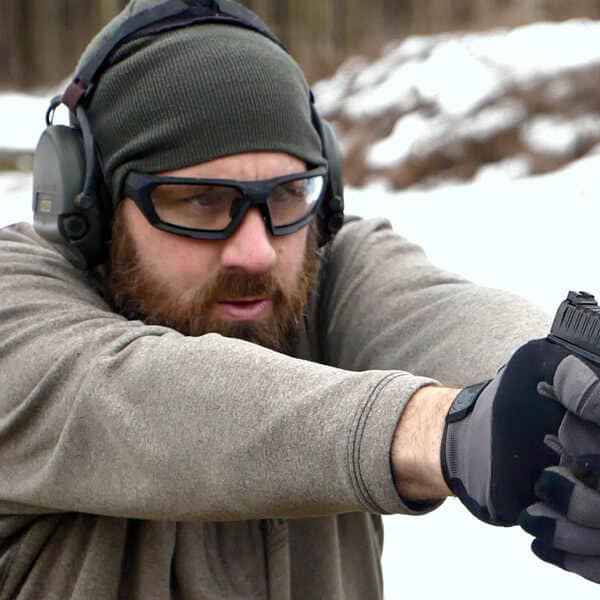Selecting self-defense ammunition can be a difficult task. There are lots of brands available, and it’s hard to separate the good stuff from the gimmicks. Personally, I tend to stick to rounds that meet the standards of the FBI protocol and have a proven track record on the street.
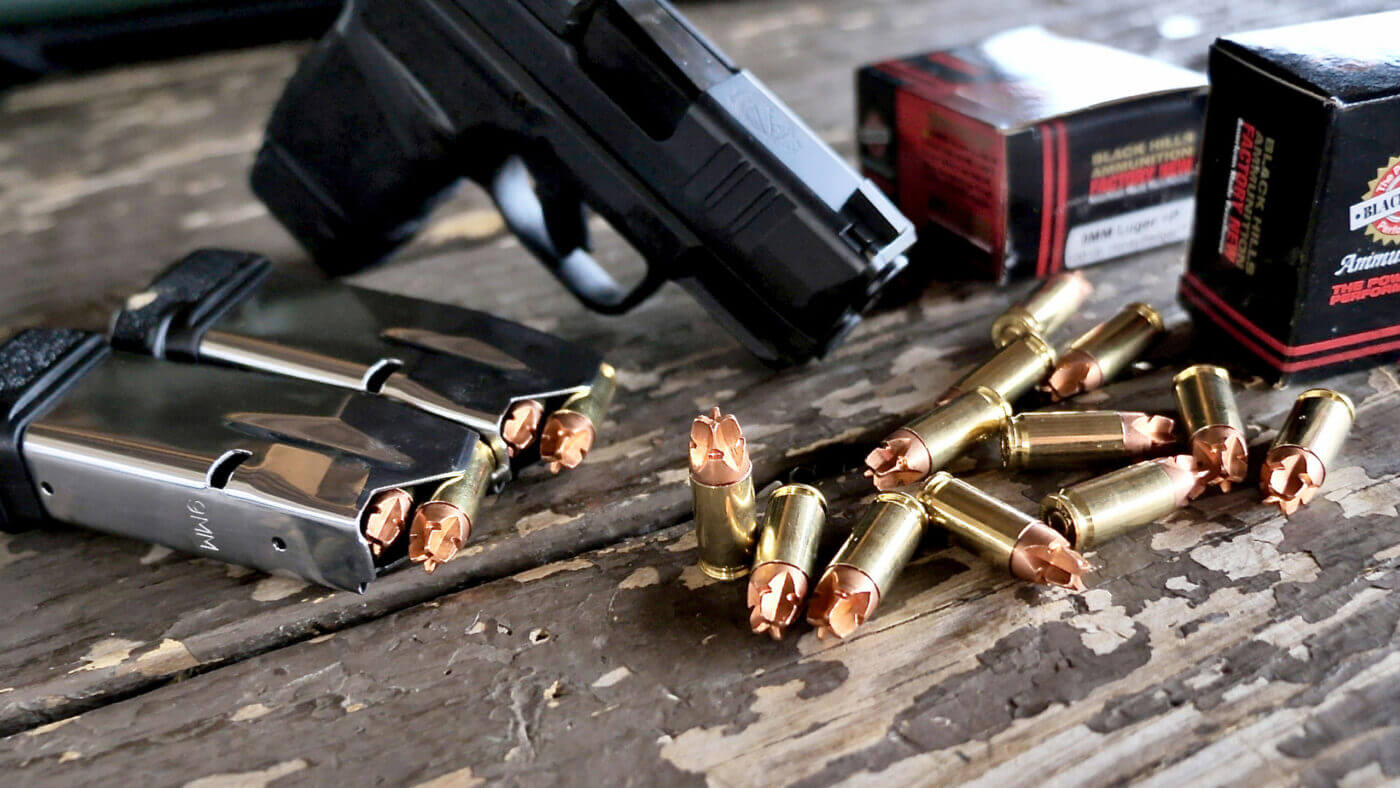
At the same time, I think it is foolish to adopt an “If it ain’t broke don’t fix it” attitude. I love to see innovation and progress when it comes to defensive ammunition. Speaking of progress, Black Hills Ammunition is a trusted, tried-and-true brand that is working to innovate in the defensive ammunition ream. The 9mm HoneyBadger 100-gr. +P round is evidence of this fact.
I reached out to Black Hills to see if I could take the HoneyBadger for a test run, and I was fired up when some landed on my doorstep. The short-barreled Hellcat seemed like the perfect 9mm platform to test this solid copper machined, fluted bullet, so I packed up my gear and headed to the range.
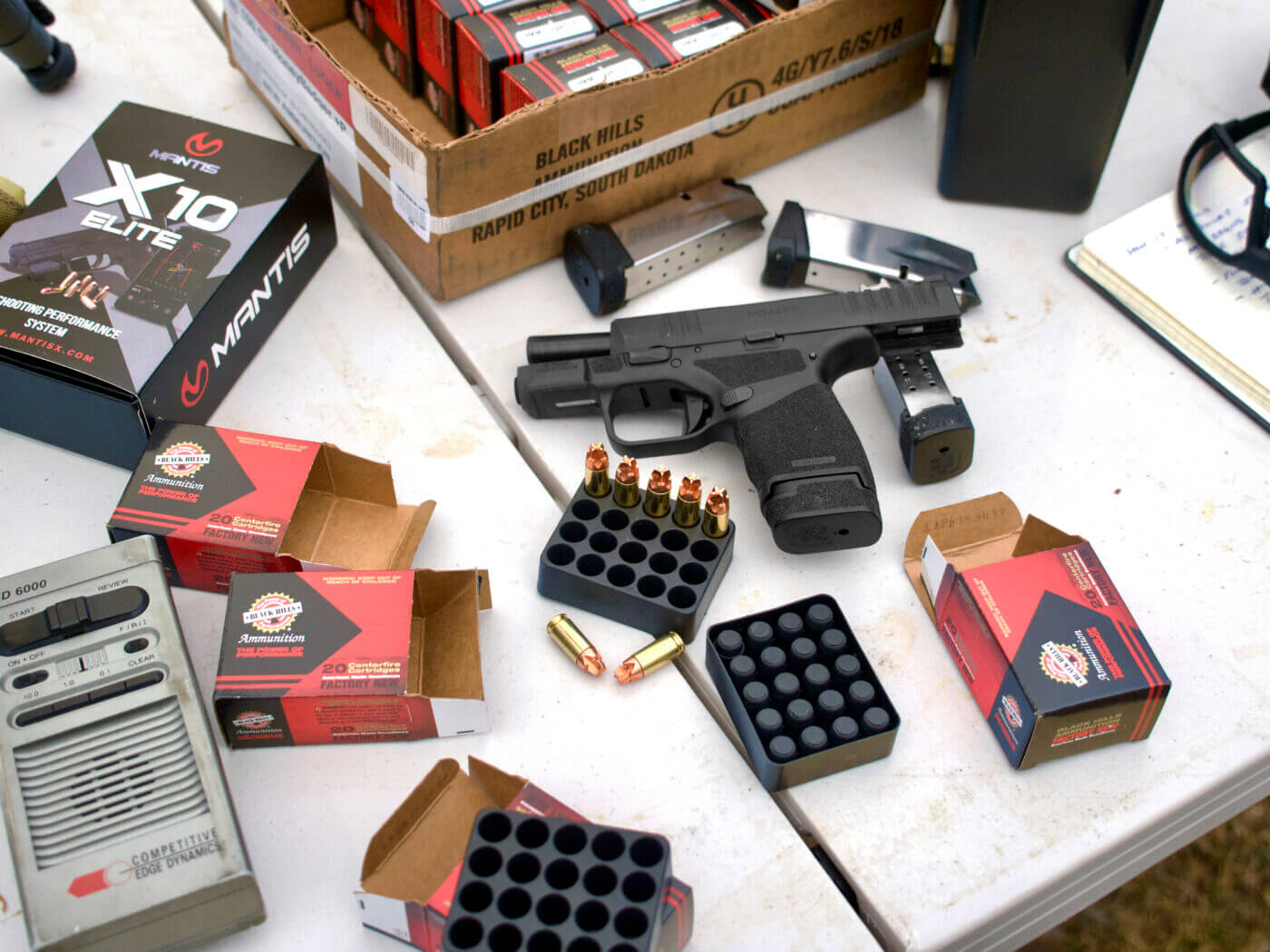
Fluted bullets do not use the same design of traditional hollowpoint ammunition. Instead, the projectiles are CNC machined from a whole piece of copper. The machining adds grooves, or flutes, that are designed to transfer energy away from the bullet as it travels though a body. The energy then damages the surrounding tissue without the projectile actually touching it.
My testing focused on the shootability, accuracy and terminal ballistics of the HoneyBadger when paired with the Hellcat. Throughout the testing, I was also able to look at the reliability of the Hellcat/HoneyBadger combination.
I wasn’t at all disappointed in what I discovered. When I compared the 9mm 100-gr. +P HoneyBadger to standard pressure 124-gr. ammunition, it was easy to shoot, was very accurate and had impressive terminal performance.
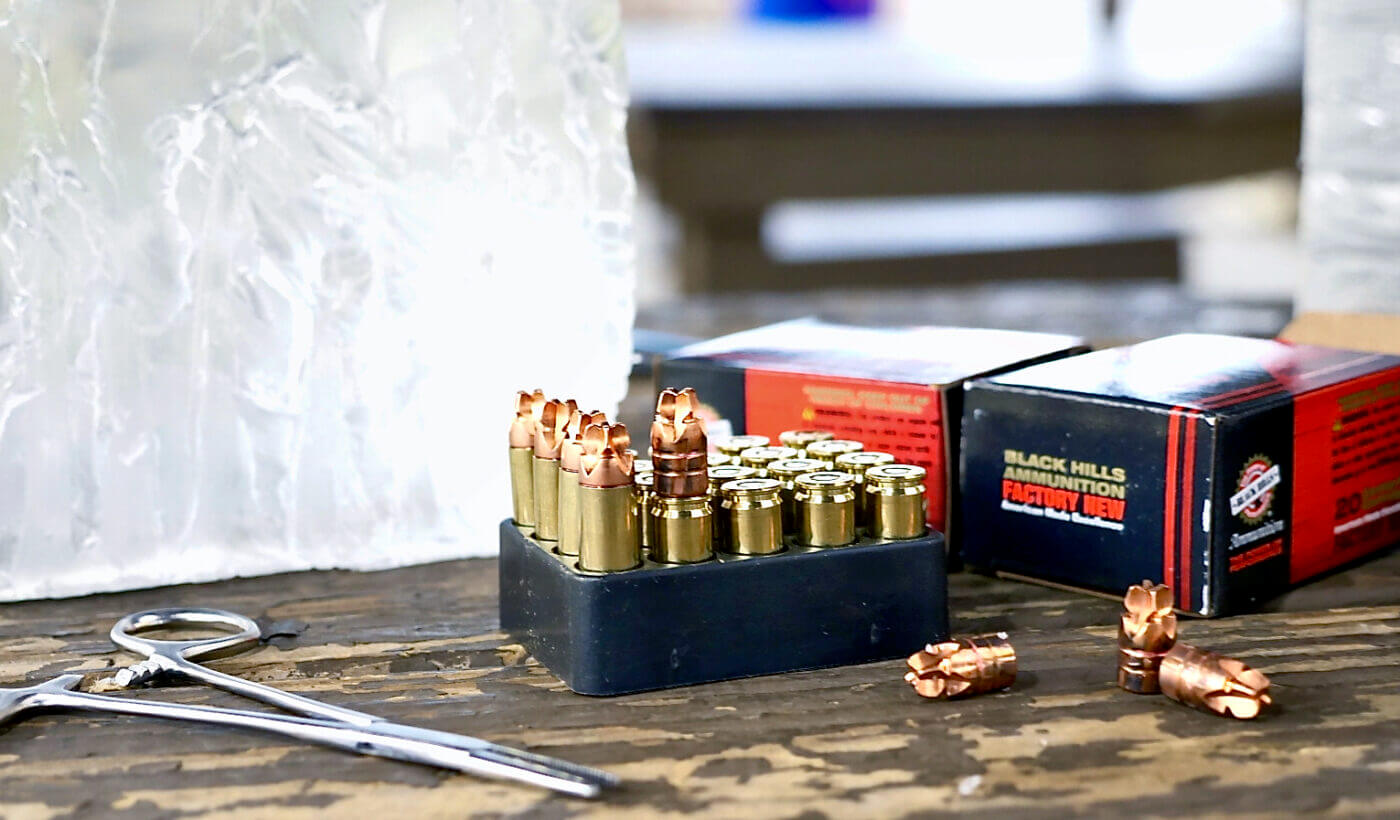
Shootability
When I think about the “shootability” of defensive ammunition, I think about how quickly I can shoot and make hits. In reviewing the HoneyBadger, I decided to run a series of Bill Drills (to learn more about that drill and one of Paul’s unique modifications to it, click here) head to head with the 124-gr. FMJ and then strap on the Mantis X10 Elite to actually compare the recoil impulse.
When it came to the Bill Drill, the 9mm HoneyBadger defensive ammunition was easily able to keep up with the training rounds. Although I dropped two rounds with the HoneyBadger and only one with the 124s (all shooter error), my times with the HoneyBadger were faster across the board.
My final average was 4.29 seconds with the 124s and 4.05 seconds with the soft-shooting HoneyBadger. This works out to almost a full quarter of a second. In gunfight terms, that is an eternity.
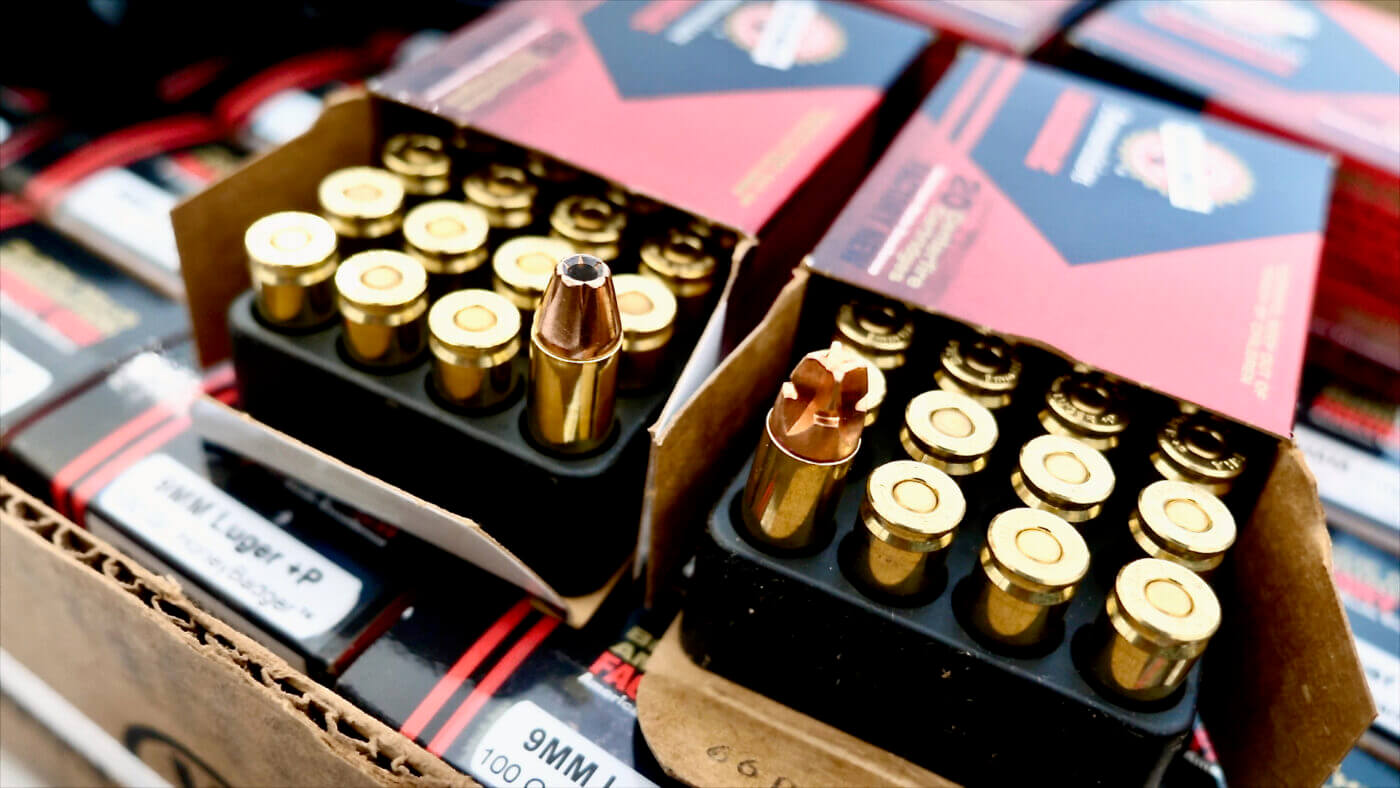
Speaking of soft shooting, the Mantis X10 Elite helped to explain why the HoneyBadger was so easy to shoot quickly. The Mantis X10 Elite has a mode that analyzes the recoil of your pistol. Of the things that can change the recoil impulse of a gun, ammunition seems to be a pretty obvious one.
When I compared the numbers of the HoneyBadger ammo to the 124-gr. FMJ, again, the HoneyBadger was superior with less muzzle rise, a narrower recoil pattern and a more vertical lift. All of these attributes lead to a faster recovery time and quicker follow-up shots. The HoneyBadger and the Hellcat make a very shootable combination.
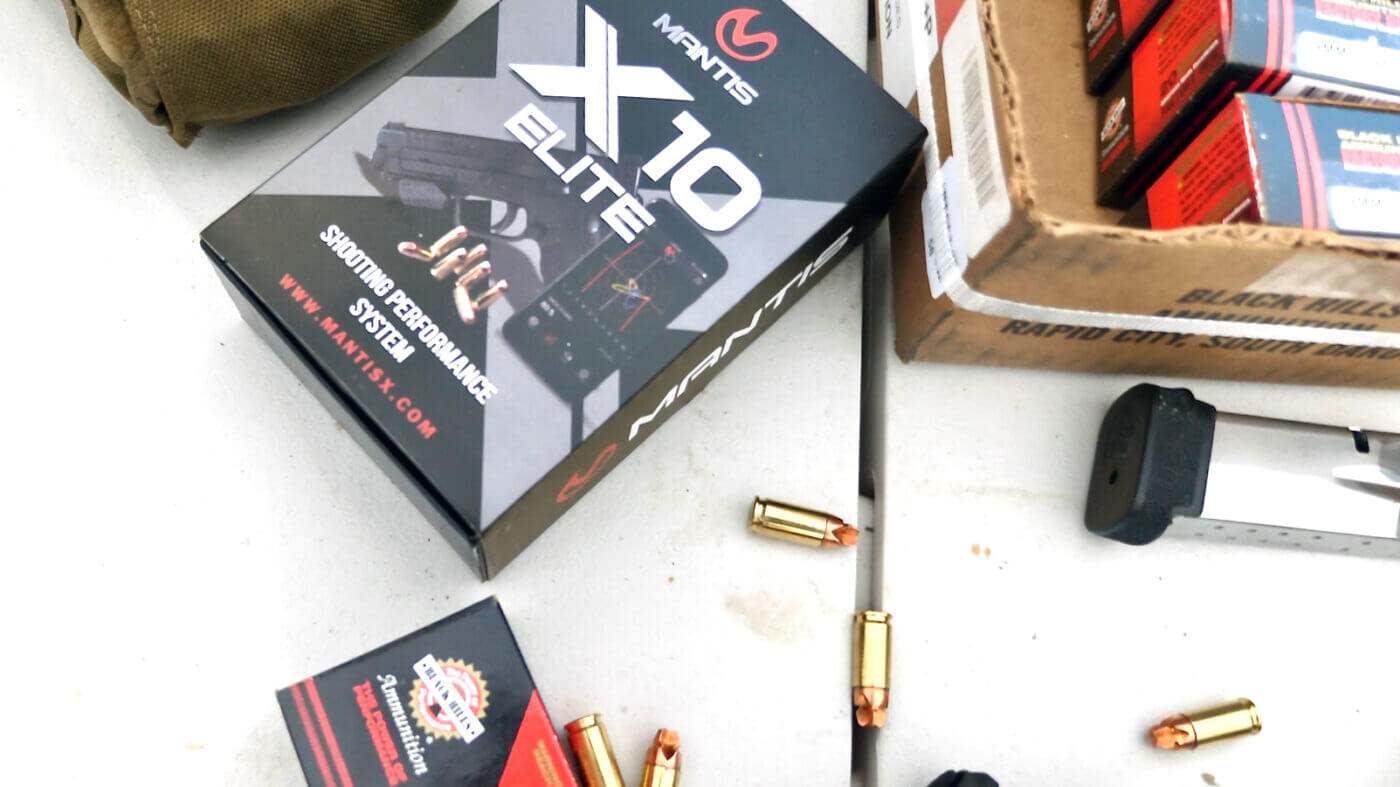
Accuracy
When it comes to the accuracy of defensive handgun ammunition, I’m pretty confident that virtually all ammo is more accurate than I am. As a result, I don’t hang a lot of weight on accuracy testing in this HoneyBadger ammo review. I do, however, think it is important to verify that ammo is accurate enough to fit the bill.
I took a few minutes to see how the Black Hills HoneyBadger 9mm ammo grouped out of the Springfield Armory Hellcat. I was pleased as I was easily able to make headshots at 15 yards with these fluted bullets. A slight adjustment of my aiming point would have yielded easy 100% hits on target.
None of this is surprising to me as Black Hills is known for its accurate loads. The HoneyBadger ammunition falls right in line.
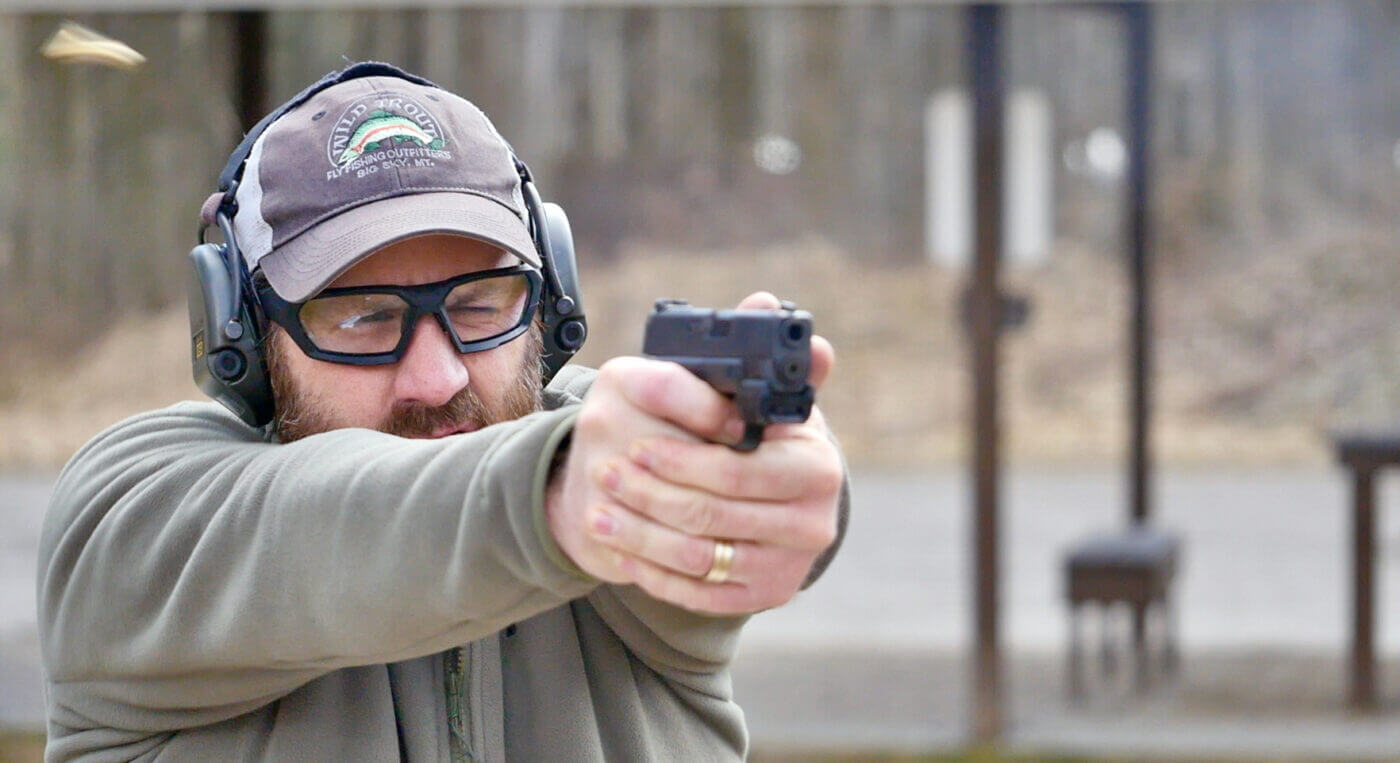
Terminal Ballistics
When I saw the terminal performance of the HoneyBadger bullets, the first word that came to mind was, “consistent.” I looked at the terminal ballistics in two ways — velocity and performance in Clear Ballistics’ FBI Block gelatin. When it came to the velocity I was impressed with the tight range of the velocities.
I fired five rounds and all hovered right around the 1,200 feet per second range. The lowest velocity was 1,191 fps, and the fastest came in at 1,208 for a spread of only 17 fps. The 124-gr. comparison load had a spread of 30 fps. Black Hills clearly knows how to achieve consistent results.
The 1,200 fps velocity seemed to do exactly what it was supposed to do when it came to the gel. I shot five rounds into a single Clear Ballistics 16”x6”x6” block. Four of the five rounds stayed in the block, with one slipping out the side just a scootch before it would have come to rest. Each of the four rounds sat neatly about an inch and a quarter short of the end of the 16” block.
The primary wound cavity was consistent as well. With each of the five rounds, the cavity began at approximately 4″ into the gel and temporarily expanded to between 1.5″ and 2″. It was difficult to tell the diameter of the permanent wound cavity when I dissected the block, but I have no doubt it exceeded the bullet diameter significantly.
I think it is important to note that the Clear Ballistics gel was not calibrated, and I do not expect it to perform in the same way that calibrated 10% ballistic gelatin would. I would not want to imply conclusive results. I do, however, think we can start to understand how a bullet performs with Clear Ballistics products. Regardless, I was impressed with the performance of the round.
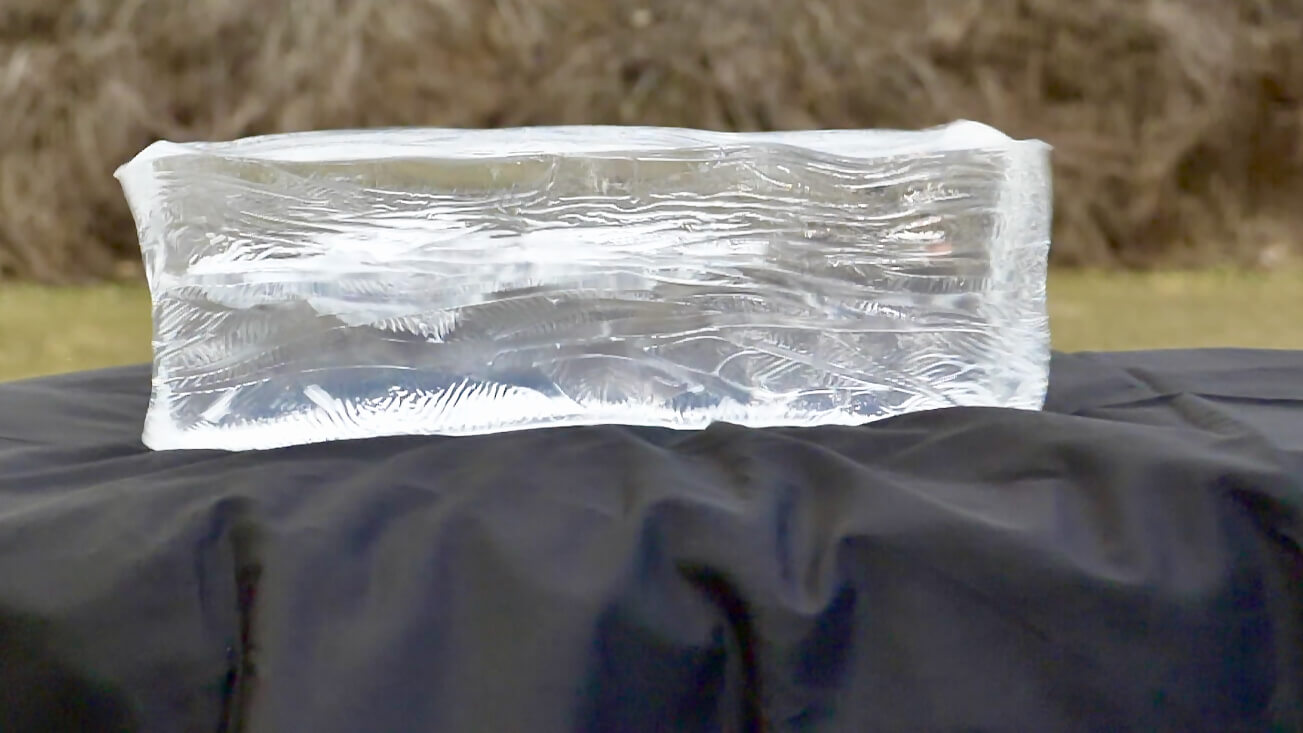
HoneyBadger Load Options
Black Hills Ammunition HoneyBadger line encompasses more than just a single load in 9mm. In fact, the company offers two loads in 9mm and coverage for nine different calibers at this time.
HoneyBadger loads include:
- .38 Special – 100 grains @ 1,275 fps
- .357 Magnum – 127 grains @ 1,365 fps
- .380 ACP – 60 grains @ 1,150 fps
- 9mm – 100 grains @ 1,250 fps
- 9mm – 125 grains @ 1,050 fps (subsonic)
- .40 S&W – 115 grains @ 1,325 fps
- .44 Special – 125 grains @ 1,250 fps
- .44 Magnum – 160 grains @ 1,700 fps
- .45 ACP – 135 grains @ 1,250 fps
- .45-70 Gov’t – 325 grains @ 1,775 fps
I imagine the .44 Magnum and .45-70 could both make great hunting rounds.
I’m particularly interested in the .38 Special and .44 Special loads. Since the HoneyBadger’s fluted bullets do not rely on expansion, these calibers may see the largest improvement in so-called stopping power from the Black Hills ammo.
These rounds could also render the traditional .45 ACP vs. 9mm argument moot.
Final Thoughts
I’m going to be keeping an eye on the Black Hills HoneyBadger 100-gr. +P ammunition. From my experience, this solid copper, machined and fluted bullet and the consistent load it sits atop support the company’s stellar reputation. Black Hills Ammunition HoneyBadger certainly meets all of the quality expectations that I have for superior ammo.
The design of the round performed well from the short barrel of the Hellcat, and I’m guessing it would perform just as well through intermediate barriers like heavy clothing, wood, glass and even light metal.
Sounds like I have my next testing session just about planned out.
Editor’s note: Please be sure to check out The Armory Life Forum, where you can comment about our daily articles, as well as just talk guns and gear. Click the “Go To Forum Thread” link below to jump in and discuss this article and much more!
Join the Discussion
Featured in this video
Continue Reading
Did you enjoy this video?

 129
129




